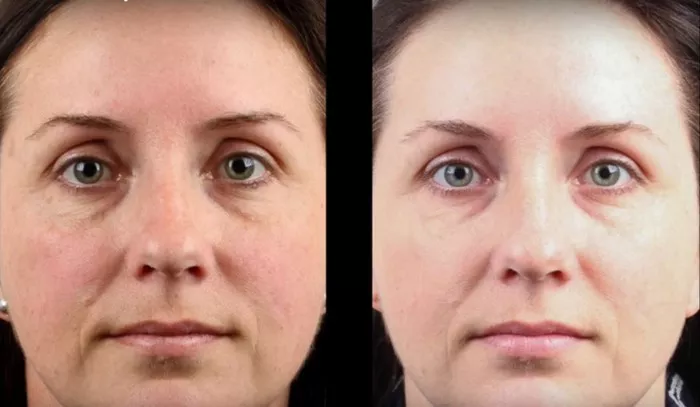In the pursuit of maintaining youthful skin, individuals often explore a variety of options. Among the latest trends gaining traction are wrinkle patches, hailed by some as a potential “Botox alternative.”
These patches, frequently showcased on social media platforms like TikTok, come in different forms, typically composed of adhesive paper or silicone. Users share impressive before-and-after images, touting the reduction of smile lines and forehead wrinkles after just a few applications.
To decipher the efficacy of these viral products, we consulted with two experts. Dr. Sejal Shah, a board-certified dermatologist and founder of SmarterSkin Dermatology, explains that wrinkle patches aim to limit skin movement, thus minimizing the formation of wrinkles. Dr. Mary Stevenson, an associate professor at the NYU Grossman School of Medicine, adds that some patches claim to retain moisture, resulting in plumper skin.
However, while social media testimonials showcase promising outcomes, determining the long-term effectiveness of wrinkle patches is nuanced. Dr. Shah emphasizes that while they may offer short-term benefits by immobilizing the skin overnight, sustained results are uncertain. Regular usage, particularly overnight, may prevent the formation of “sleep wrinkles” and promote skin hydration.
Yet, the duration of effectiveness varies. Dr. Stevenson notes that consistent, prolonged wear may yield more noticeable results, akin to preventive measures like sleeping on one’s back. Nonetheless, the patches’ impact tends to diminish throughout the day as facial expressions and movements prompt wrinkle reformation.
In summary, while wrinkle patches present a potential solution for minimizing wrinkles and maintaining hydrated skin, their longevity and effectiveness remain subject to individual habits and usage patterns.


